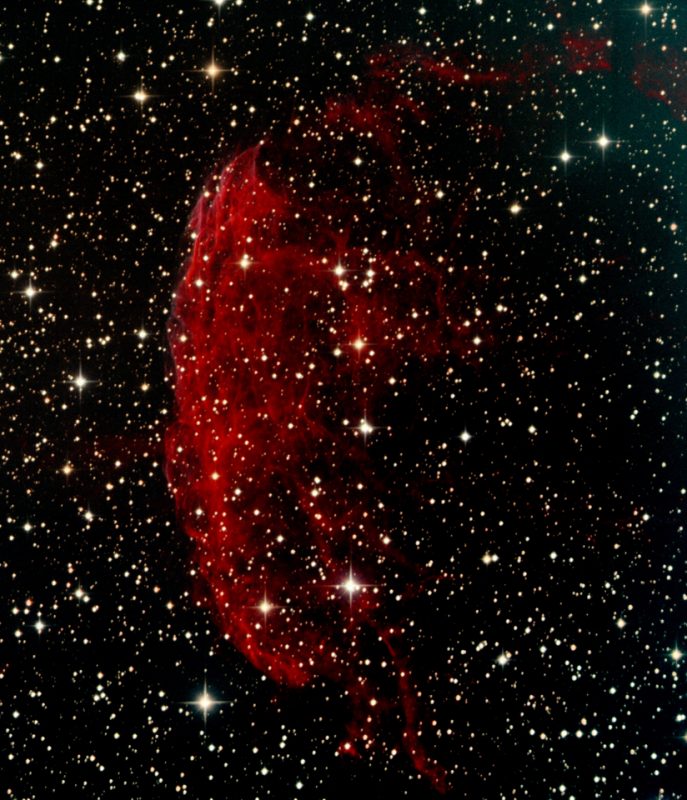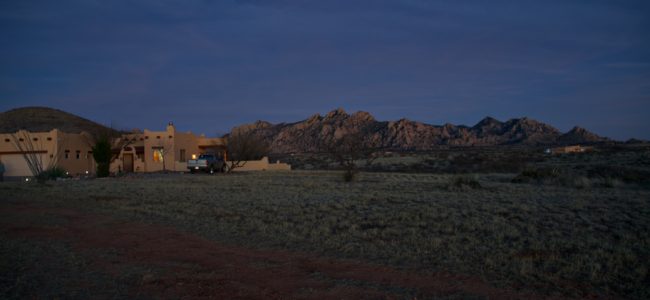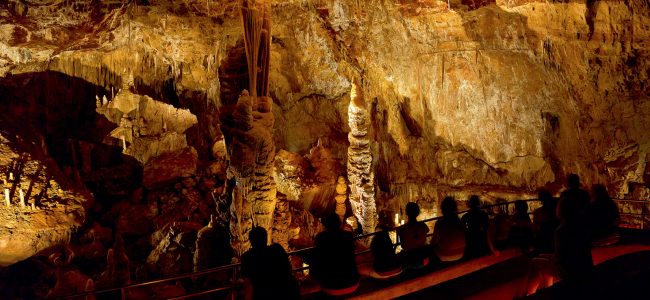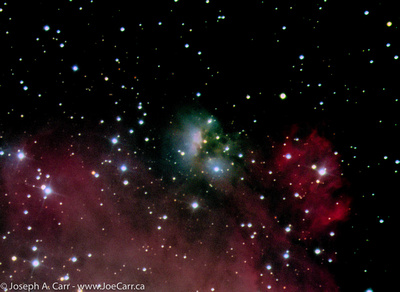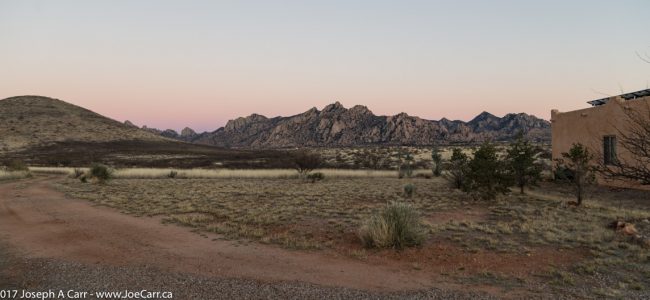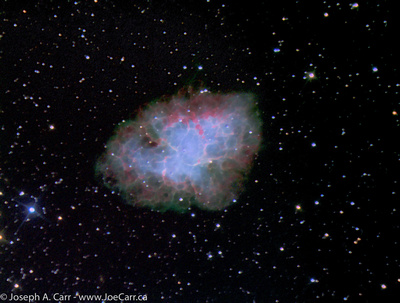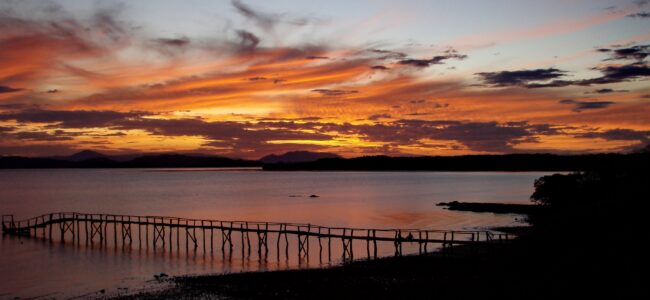March 3, 2019 – Dragoon Mountain Ranch astronomy
2019 Southern Arizona Astronomy
I get up around 7AM and make some coffee, and others soon join me. This is a day with nothing planned, so we can recover from our travel. After everyone is up and have breakfast, some of us walk around the ranch fence line. It is quite pleasant since the weather is cool, clear, and sunny. I fly my DJI Mavic Pro drone this morning, capturing some nice still photos, panoramas and video of my friend’s property.
Some of the group have afternoon naps, but I stay up familiarizing myself with my new Sony a7 III mirrorless camera, in order to get ready for imaging in the dark this evening. I also get my list of targets for the big imaging telescope ready, since the skies are clearing this evening. When it starts to get dark, we go out to the observatory to start an imaging run using a 20″ Newtonian astrograph telescope, and the visual observers setup with their own equipment and also use a 25″ Newtonian telescope.
The procedure for imaging in the observatory uses a script to conduct the imaging runs automatically. After troubleshooting this system for the next hour or so, we successfully get our imaging runs working, which run all night automatically until dawn while we sleep. My target for this evening is the Jellyfish Nebula – a galactic supernova remnant in the constellation Gemini. My observing report
